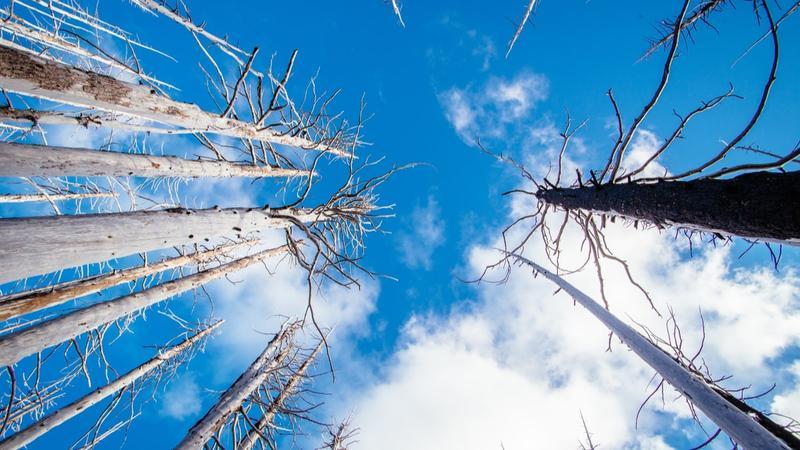It has been a year since the devastating wildfires in Fort McMurray forced 88,000 people to evacuate their homes, and caused an estimated $3.58 billion in insured losses. Since then, homes are being rebuilt, albeit slowly.
In the first three months of this year, construction on more than 280 units (including detached, semi-detached and row housing) was underway, with more to come according to The Canadian Press. But, while progress is being made, it is going to take years to rebuild what was lost—an estimated 2,400 structures, of which 1,600 were homes. The Conference Board of Canada reckons it will take three years to rebuild and repair the homes and businesses affected by the wildfires in the Wood Buffalo region.
The seasonality of wildfires
As Fort McMurray and the surrounding area continues the rebuild effort, May signifies the start of this year’s wildfire season in Canada. According to the Government of Canada, wildfires are most likely to happen between May and September, and they are not as uncommon as you might think. Approximately 8,000 wildfires occur in Canada each year, burning an average area of 2.5 million hectares.
What communities are most at risk?
Areas most prone to wildfires are in the Boreal forest zones of British Columbia, Alberta, Saskatchewan, Manitoba, Ontario, Quebec, and the Yukon and Northwest Territories. This area alone is home to almost 4 million Canadians; however, any community surrounded by brush, grassland or forest is also at risk. Wildfires are a very real concern for millions of Canadians, and the following compilation of tips from Public Safety Canada can serve as a starting point to prepare for the possibility of one.
- Prepare an emergency kit that includes water, food that won’t spoil, a can opener, flashlight, battery-powered radio (with extra batteries), first aid kit, a few basic toiletries, clothing and footwear, cash, and copies of your identification, insurance information and banking details. The food, water and batteries in your kit should be able to sustain you and your family for 72 hours.
- Prepare an escape plan so that all members of the family know how to evacuate the house quickly and safely, and create an emergency plan that details how everyone can contact each other if separated and where to meet.
- Regularly check for fire hazards around your home, such as dried-out branches or leaves and debris, and remove them. Regularly prune trees and shrubs, and store firewood away from the house.
- Have a garden hose that is long enough to reach any area of the home.
- Maintain a healthy supply of first-aid necessities in the house.
- Make sure every floor and all sleeping areas have smoke detectors.
What happens, if the worst happens?
As seen last year with Fort McMurray, wildfires can cause considerable damage. From an insurance standpoint, your typical home insurance policy will cover damage to your home and possessions resulting from a fire–even a wildfire.
On the other hand, your auto insurance will cover fire damage to your vehicle but only if your policy includes comprehensive or all-perils coverage. This coverage is optional and not everyone buys it, especially if the insured car is older.
As part of your preparations, take the time to talk to your insurance provider to ensure you have the level of coverage you need in the case of an emergency.
